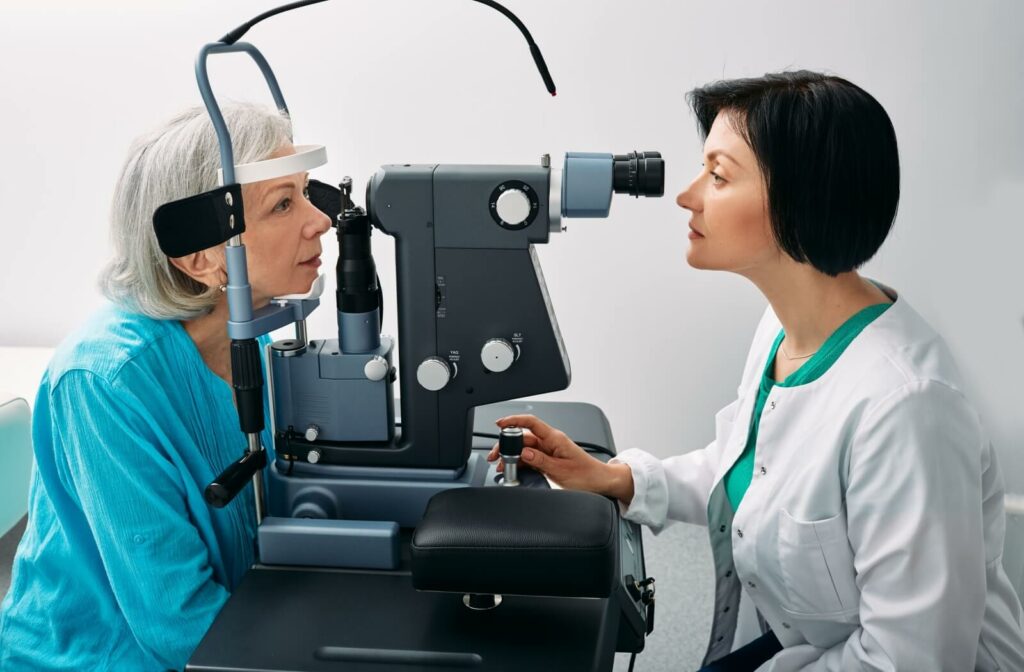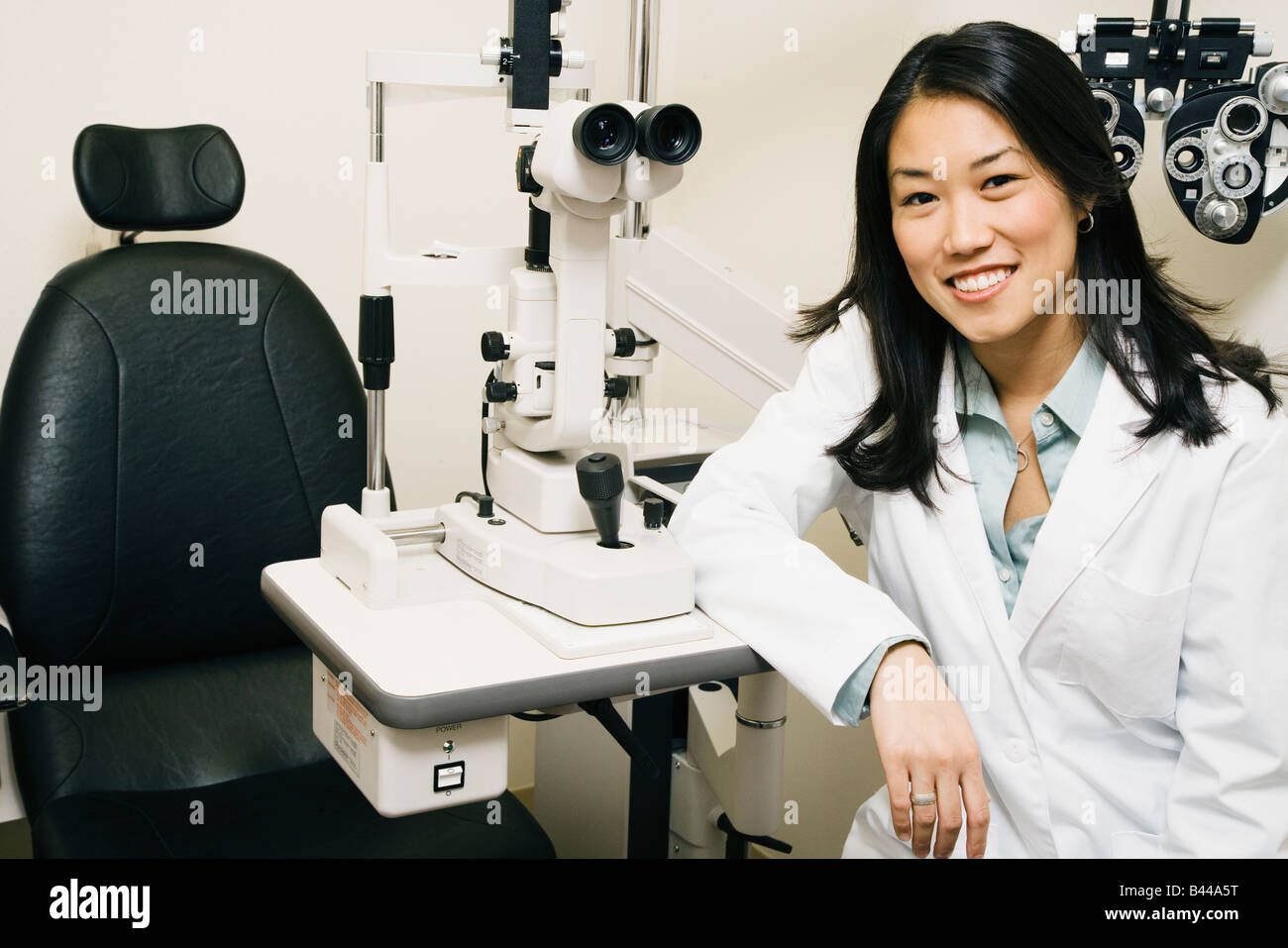Check Out Advanced Providers at Opticore Optometry for Eye Wellness
Check Out Advanced Providers at Opticore Optometry for Eye Wellness
Blog Article
Checking Out the most recent Technical Improvements in Optometry and What They Mean for Eye Doctors
In the ever-evolving field of optometry, current technological developments are reshaping just how professionals approach eye treatment. From the precision of Optical Comprehensibility Tomography to the nuanced insights supplied by AI-driven diagnostic devices, these developments are setting new criteria in client evaluation and treatment. Teleoptometry is positioned to redefine availability, making sure that know-how goes beyond geographical constraints. As these innovations penetrate the technique, eye doctors are confronted with the difficulty of embracing these tools to enhance client outcomes. Yet, the inquiry remains: just how will these technical shifts redefine the roles and obligations within the occupation?
Advancements in Diagnostic Tools
Progressing the field of optometry, developments in diagnostic tools have revolutionized the way eye care experts evaluate and identify ocular problems and visual impairments. The previous years has actually observed substantial technical improvements, allowing more thorough and precise evaluations.
An additional trick advancement is the introduction of sophisticated corneal topography systems, which map the surface area curvature of the cornea with accuracy. These tools are especially useful for suitable contact lenses and identifying corneal conditions. Moreover, digital retinal imaging has actually transformed conventional ophthalmoscopy, supplying comprehensive, scenic sights of the retina that help with detailed aesthetic evaluations.
The advancement of wavefront aberrometry has actually additionally been vital, making it possible for the analysis of refractive errors with unparalleled precision (Optometrist Chino). This technology aids in personalizing restorative lenses and boosting medical end results for refractive surgical procedures. Collectively, these analysis advancements equip optometrists to provide premium client treatment, making certain early treatment and customized therapy methods, eventually improving aesthetic health end results
AI in Individual Administration
Structure on the foundation of advanced diagnostic devices, the consolidation of fabricated knowledge (AI) in patient administration represents a transformative jump for optometry. AI systems are increasingly used to improve performance, precision, and personalization in client care. By assessing huge amounts of data, AI can recognize patterns and anticipate possible ocular conditions, making it possible for eye doctors to tailor interventions better. This capability is vital in handling persistent eye conditions such as glaucoma and diabetic retinopathy, where early discovery and constant surveillance are key.
Moreover, AI-driven platforms assist in streamlined patient communications and administrative processes. Automated organizing, virtual assessments, and individualized follow-up plans not only boost patient contentment yet additionally maximize time management for professionals. These systems can triage clients based on the necessity of their conditions, making certain that those in critical demand receive punctual attention.
In addition, AI improves decision-making by supplying optometrists with evidence-based referrals and treatment paths. By integrating information from digital wellness records, AI tools use understandings that inform scientific decisions, decreasing the threat of mistakes and improving individual results. As AI proceeds to advance, its role in person administration will likely broaden, improving the landscape of optometric treatment.
Advances in Retinal Imaging
In the realm of optometry, retinal imaging has experienced impressive technological advancements that are improving diagnostic abilities and person treatment. Technologies such as Optical Comprehensibility Tomography (OCT) and fundus photography have actually revolutionized exactly how optometrists analyze the retina and envision.
Improved imaging modalities like OCT angiography are additional refining analysis accuracy. This non-invasive technique maps blood circulation in the retina, offering important understandings right into vascular health and wellness without the demand for color shots. Furthermore, adaptive optics innovation is being integrated right into retinal imaging systems to deal with ocular aberrations, delivering unprecedented picture clarity. Such developments assist in the recognition of min retinal changes that could signify illness progression.
Moreover, developments in artificial intelligence are boosting retinal imaging by enabling automated analysis of big datasets. These systems aid eye doctors in identifying patterns a measure of pathology, thereby boosting diagnostic accuracy and efficiency. informative post Collectively, these innovations are changing retinal imaging into a keystone of modern-day eye treatment, enhancing results and broadening restorative opportunities.
Teleoptometry's Expanding Function
Teleoptometry is increasingly ending up being a vital component of eye care, driven by advancements in digital communication and analysis devices. This is specifically helpful in underserved and rural areas where accessibility to specialized eye treatment is usually minimal.
The assimilation visit our website of artificial intelligence (AI) further enhances teleoptometry, making it possible for the evaluation of aesthetic information and assisting in the discovery of eye conditions such as glaucoma and diabetic retinopathy. AI-powered algorithms can swiftly translate complicated imaging data, supplying eye doctors with beneficial insights that strengthen scientific decision-making.
Additionally, teleoptometry sustains continuity of treatment with seamless combination with digital wellness documents (EHRs), permitting optometrists to maintain thorough patient backgrounds. When seeking advice from with different experts., this makes sure that clients obtain personalized and constant care also.
In spite of these benefits, challenges stay, including ensuring information safety and security and managing person expectations. Teleoptometry stands for a significant stride in the direction of even more accessible, effective, and patient-centered eye care. As innovation progresses, its function is positioned to expand better.

Future Fads in Eye Care
A myriad of ingenious trends is set to reshape the future of eye treatment, driven by technological developments and the progressing requirements of people. One considerable fad is the combination of fabricated intelligence (AI) in diagnostics, which promises to boost the precision and performance of eye visit here examinations. AI algorithms can assess large amounts of information from retinal images, potentially spotting problems like diabetic retinopathy and glaucoma earlier than conventional techniques.
Furthermore, customized medicine is acquiring traction in optometry, with genetic testing educating personalized treatment strategies. This approach intends to maximize individual outcomes by customizing interventions to private genetic profiles. Wearable innovation, such as clever contact lenses, is additionally on the horizon, providing real-time surveillance of intraocular pressure or sugar levels, thus offering constant insights right into systemic and eye health.
The adoption of augmented fact (AR) and online truth (VR) in training and patient education is an additional emerging trend. These innovations supply immersive experiences that can boost understanding and abilities both for people and optometrists. As these patterns evolve, eye doctors should stay abreast of technical developments to supply cutting-edge care, making certain better patient end results and contentment in the dynamic landscape of eye care.
Verdict

Collectively, these diagnostic advancements empower optometrists to deliver remarkable client treatment, making sure early intervention and tailored therapy methods, inevitably boosting visual wellness results.

As these modern technologies continue to progress, optometrists need to adapt and integrate them right into method, eventually optimizing workflow efficiency and raising the standard of eye care supplied to individuals.
Report this page